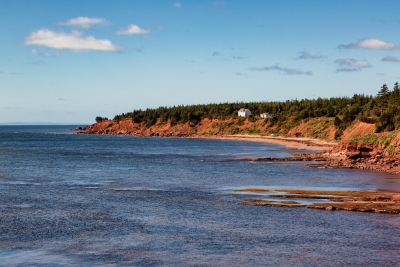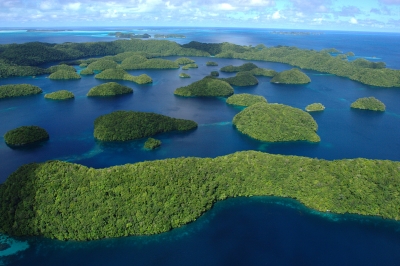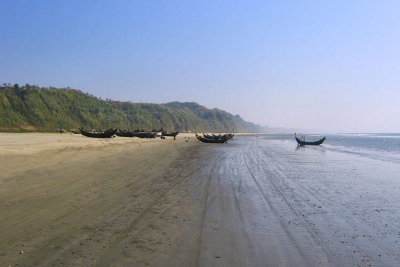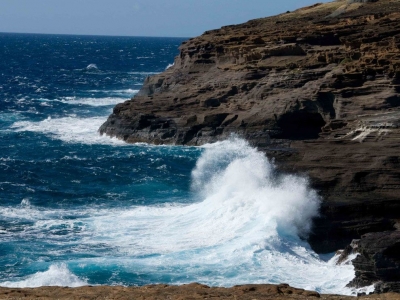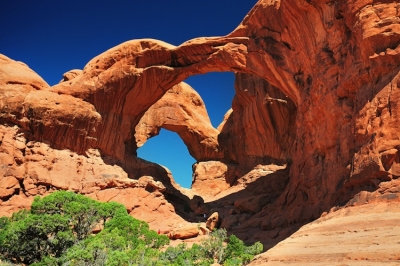
|
When sunlight enters Earth’s atmosphere, the energy from the Sun heats up the air. This hot air expands and rises, creating space under it for cooler air to rush in. This movement causes winds. Winds that blow over the surface of ocean water transfer energy to the water, setting off ripples. As these ripples get bigger, they become waves.
|
The ocean is in constant motion. Waves form as a result of the water’s motion, gravitational forces, and winds. The most common waves we see are created by wind. However other waves include those created by gravitational forces (e.g. tidal waves) and those created by underwater disturbances, such as earthquakes (e.g. tsunamis).
There are three main factors that affect wave formation: wind velocity, fetch, and duration. Wind velocity is the speed of the wind, fetch is the distance over the water that the wind can blow uninterrupted (which can be huge distances out at sea), and duration is the amount of time the wind blows over that patch of water. The greater the wind velocity, the longer the fetch, and the greater duration the wind blows, then the more energy is converted to waves and the bigger the waves. However, if wind speed is slow, the resulting waves will be small, regardless of the fetch or duration. It takes all three factors acting together to create big waves.
Waves often result from storms, which tend to move across the ocean with the prevailing winds. So although a storm might only have 500 nautical miles (nm) of fetch, the storm can travel greater distances, say 1,000 nm, creating a travelling fetch of more than 1,000 nm.
Credit: UBC EOAS
Picture Credit : Google
